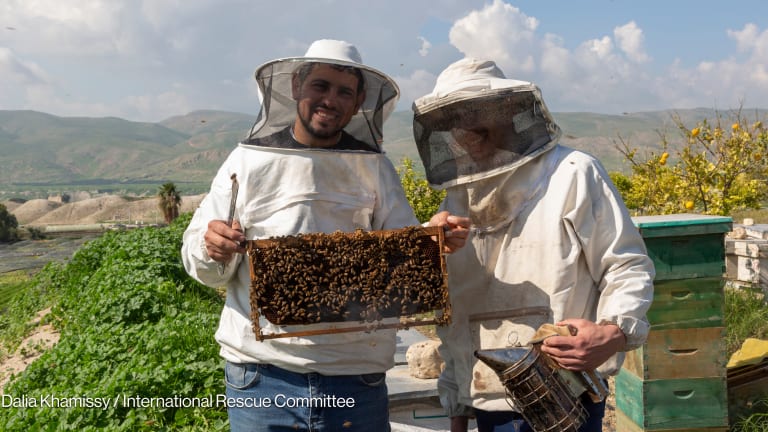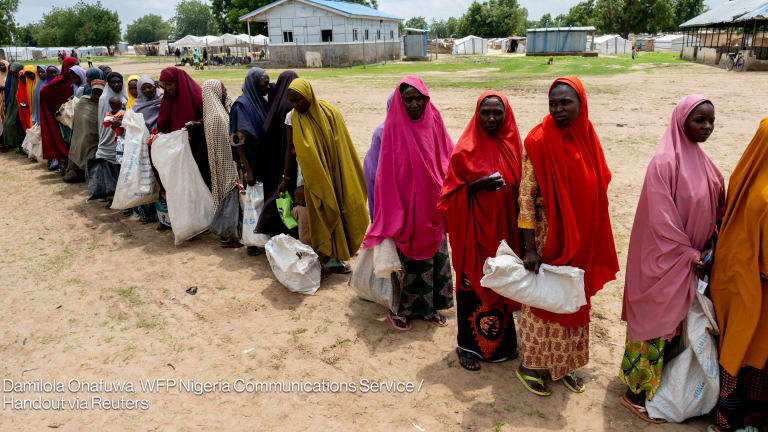
Recovery and rehabilitation efforts in the Philippines following the devastation of Typhoon Haiyan are far from over; while the emergency relief phase is virtually finished seven months after the disaster, resiliency remains a challenge.
Speakers at the disaster risk management panel in Devex’s 1st Partnerships Forum in Manila stressed on Tuesday that ensuring disaster resiliency in post-disaster situations is crucial to avoid the vicious cycle of rebuilding over and over again when calamities happen — and save everyone effort and money in the long run.
Dr. Mahar Mangahas, head of local survey group Social Weather Stations, said that getting people’s pulse is one way of informing decisions and programs not only of the national government but also of other development stakeholders involved in resilience building — making the process more effective and inclusive.
Grassroots lessons also featured in the panel. Bishop Crispin Varquez of Borongan, Eastern Samar, one of the areas devastated by Haiyan, shared tips both for communities and leaders — local authorities and international partners — on how to build resiliency in post-disaster communities:
1. Enhance the culture of reciprocity between local communities.
2. Rebuild the beautiful culture of bayanihan or coming together for a cause.
3. Enhance the culture of productivity, industry and creativity of the people.
4. Encourage community networks of support.
5. Provide proper education and information should to the people regarding the effects and cause of climate change.
6. Build disaster-resilient infrastructures. The government has to allocate enough resources to these projects without the unnecessary bureaucratic process.
7. Leaders should lead efforts for people to obey laws that address climate change and protect the environment.
8. Invite more investors, local and international, to enrich affected areas and utilize opportunities despite the devastation.
9. Branches of government and other decision makers must provide an environment which is friendly to business like one-stop-shop for business permits and processes, tax incentives, etc.
10. Leaders and development stakeholders should utilize financial aid wisely, effectively and in a more transparent manner.
With over 6,000 dead, millions displaced and billions in damaged properties, post-typhoon recovery will be long and painful.
Maria Isabel Buenaobra, director of programs for The Asia Foundation in the Philippines, said that how to move forward from the effects of Haiyan will depend on the perspective the country and the international development community will take.
“2013 was the best and worst of times for the Philippines with all the disasters. But it may become a window of opportunity for the development community,” she noted.
See our Devex Partnerships and Career Forum topic page, check out our Storify page and tweet #DevexForum!
Read more development aid news online, and subscribe to The Development Newswire to receive top international development headlines from the world’s leading donors, news sources and opinion leaders — emailed to you FREE every business day.








